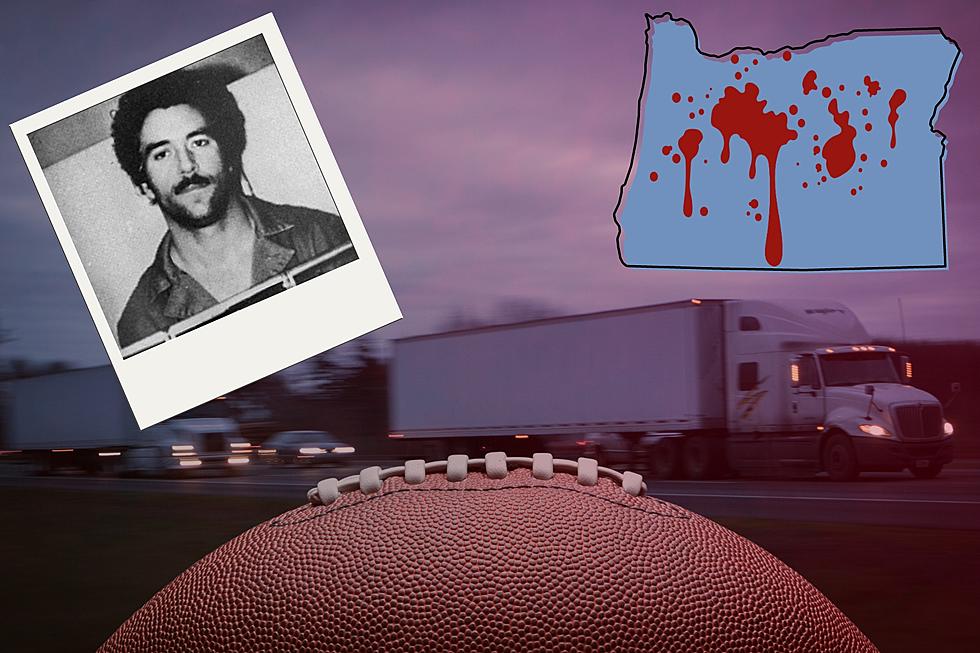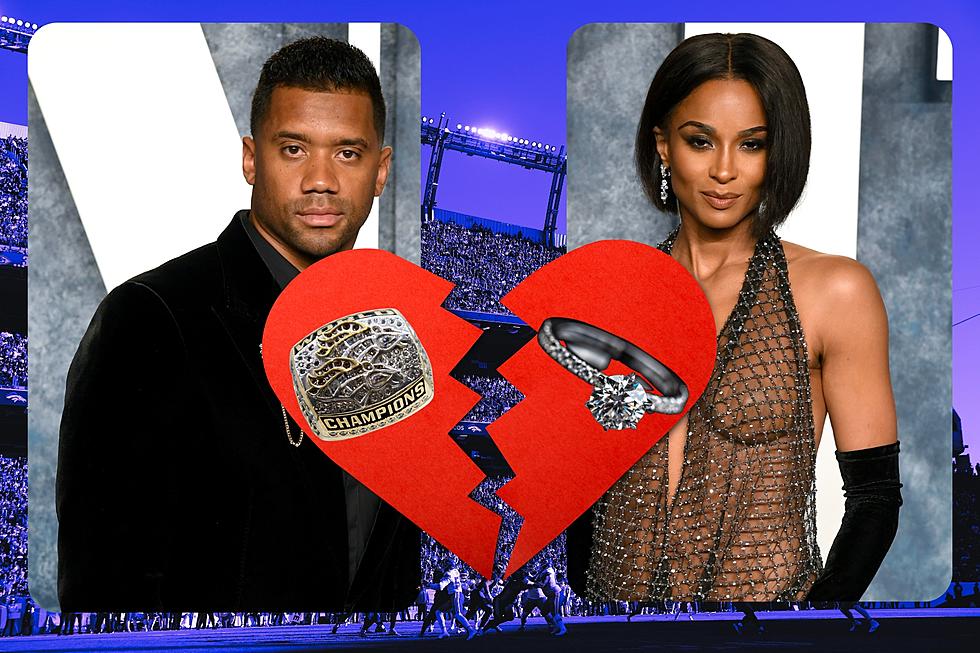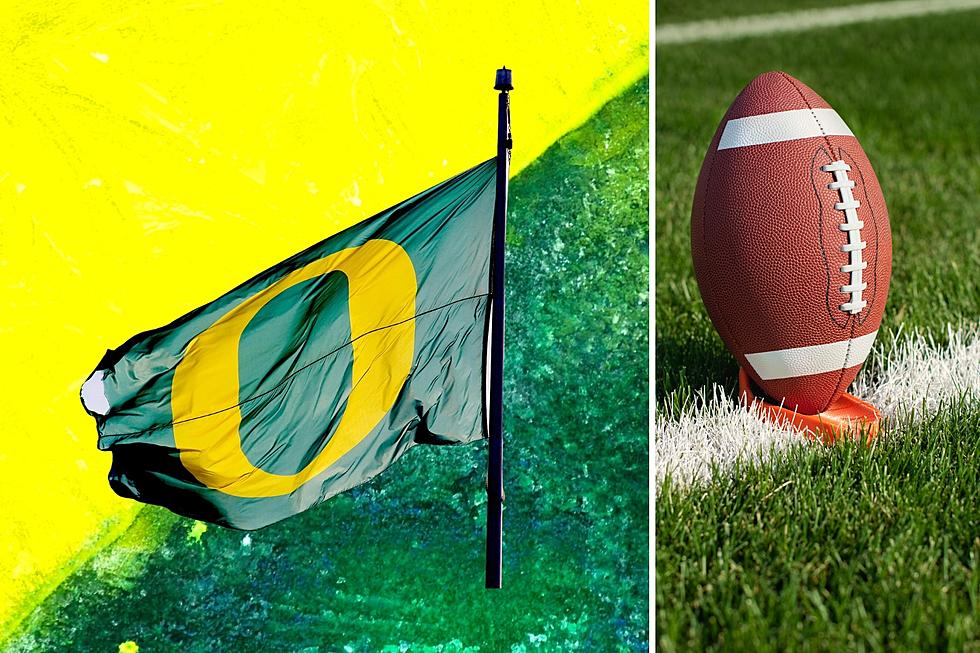
Will Tez’s Third Time Be the Charm?
Cortez Kennedy is a finalist for the Pro Football Hall of Fame for the third consecutive year. Saturday, it's time to end the wait and acknowledge the obvious.
From Seahawks.com's Claire Farnsworth.
The initial thought was to call Cortez Kennedy and gauge his reaction to being a finalist for the Pro Football Hall of Fame’s Class of 2011.
But, been there, done that. Not to mention, nothing new to report.
The former eight-time Pro Bowl defensive tackle for the Seahawks, and 1992 NFL defensive player of the year, also was a finalist in 2009 and 2010. Each time, Kennedy said it was an honor just to be included among the final 15 and that selection to the Hall would exceed his wildest dreams – and expectations.
Privately, however, Tez admits that he wants the Hall. Even more importantly, he deserves to be enshrined in the establishment in Canton, Ohio, that is dedicated to the game itself but features the busts of the greatest to ever play the game.
Kennedy’s next chance to achieve what many feel is the inevitable comes Saturday, when the 44 members of the section committee will be sequestered in a room in Dallas to undertake the arduous task of hashing out which of this year’s finalists will comprise the Class of 2011.
Tez’s biggest problem for the third consecutive year is not whether he is worthy, it’s whether he’ll make it through the process where 15 are trimmed to 10, 10 to five and then the five are voted on and must get 80 percent “yes” votes to be elected.
This year, there are two slam-dunk candidates among those in their first year of eligibility – running back Marshall Faulk and cornerback Deion Sanders. The entire list of finalists is available here from ProFootballHoF.com.
Last year, it was wide receiver Jerry Rice and running back Emmitt Smith, as well as deserving defensive tackle John Randle and defensive back Dick LeBeau – a senior-committee nominee who was long overdue for induction as a player and someday should be considered as a coach. In 2009, it was defensive end Bruce Smith, defensive back Rod Woodson and a couple sentimental favorites – the late Derrick Thomas, a sack-producing linebacker while playing for the Kansas City Chiefs; and Ralph Wilson, the 92-year-old owner of the Buffalo Bills and a founding owner of the old American Football League.
Every time one of these men got in, or gets in, it reduces Kennedy’s opportunity because the Class size is limited to between four and seven new members each year – including those nominated by the senior committee.
The Seattle representative on the selection committee is Mike Sando, who covered the Seahawks for the Tacoma News Tribune from 1998-2006 before joining ESPN.com as the NFC West blogger. He will make Kennedy’s presentation to the group on Saturday, for a second time.
Nothing has changed from when I made Kennedy’s presentation in 2009. He still deserves to be in the Hall of Fame. The question remains: Is this the year it will happen?
The point I focused on in my ’09 presentation was the fact that too few people saw just how good – no, dominating – Kennedy was because, well, he played his entire career in Seattle and also did it for some pretty bad teams. In his 11-year career, Kennedy appeared in only one playoff game, and that came in 1999 – his next-to-last season.
I am totally biased when it comes to Kennedy’s rightful place in the history of the franchise and the game: Tez belongs in the Pro Football Hall of Fame. Just as he deserved to been inducted into the Seahawks’ Ring of Honor and should have his number retired – after he enters the Hall of Fame.
Rather than rehash his voluminous accomplishments, I’ll recycle the presentation I made on that Saturday in Tampa two years ago:
“To truly appreciate a player’s talents, you have to see him. A lot. And in person.
“Walter Payton. Dan Fouts. Lawrence Taylor. You could tell from watching them in televised games, or highlight packages, that they were great players. It took – at least for me – seeing them in person, several times, to realize just how special they were.
“Cortez Kennedy is no different. His problem was – and remains – that too few people saw him often enough to realize just how special he really was.
“During his 11-season career with the Seahawks, the team played on “Monday Night Football” four times. The Seahawks had winning records twice (both 9-7) and burned through four coaches. Kennedy appeared in his only playoff game in 1999.
“He obviously did enough things to be selected to eight Pro Bowls, land a spot on the all-decade team for the 1990s and be voted NFL defensive player of the year in 1992 – on a 2-14 team.
“But it took a prolonged look to understand that he also belongs in the Pro Football Hall of Fame.
“Who remembers the play in a 1992 game against the Philadelphia Eagles when Kennedy beat a double-team block, but then was cut-down by another block, damaging muscles in his back and ribs – only to bounce up and chase down Randall Cunningham for a sack?
“How many people saw the play against the Washington Redskins in 1994 when Kennedy created a pile of players in the backfield by knocking Pro Bowl tackle Jim Lachey off his feet and into the running back on counter-trey and then grabbing the quarterback before he could decipher what had just happened?
“Or, how about the game against the San Diego Chargers in 1999 when he picked off a tipped pass, hurdled one would-be tackler and then stiff-armed another?
“And who recalls that the Seahawks were the only team in the NFL to rank among the Top 10 in defense in 1990, 1991 and 1992 – Kennedy’s first three seasons with the team?
“Kennedy had it all, on and off the field.
“He is a character. Who can forget the picture of him on draft day in 1990, hurricane in hand as he emerged from the sunroof in a limo?
“But he also has character. When then-owner Ken Behring was attempted to move the franchise to Southern California in 1996 (because he feared what an earthquake might do to the Kingdome), Kennedy boycotted the offseason-conditioning program being held at the old Rams facility in Anaheim because the contract he signed was with the SEATTLE Seahawks. The defiant move prompted David Behring to label Kennedy “fat, lazy and lacking leadership.”
“Fat? Well, OK, since it was Kennedy who offered, ‘I might be the fattest player in the draft, but I’m a helluva player’ after the Seahawks traded up to make him the third pick overall in 1990.
“But ‘lazy and lacking leadership’? Try again. In fact, near the end of the ’96 season, it was club president David Behring who presented Kennedy with the Steve Largent Award, which is given annually to the player “who best exemplifies the spirit, dedication and integrity of the Seahawks.”
“In fact, part II, Kennedy and Behring have since become friends. On his way to Seattle in 2006 to be inducted into the Seahawks Ring of Honor, Kennedy made a stop in Oakland to see Behring.
“The 11 defensive tackles already in the Hall are a formidable group – from Arnie Weinmeister to Alan Page to Joe Greene. What Kennedy shares with this group is that he changed the way his position was played, and also how it was defended – a cornerstone of what a Hall of Fame player should be.
“I won’t bore you with a long list of statistical accomplishments, because they’re all in here (a book distributed to members of the selection committee).
“Besides, one of Kennedy’s best traits – and, in my opinion, a must-have Hall of Fame trait – can’t be measured in sacks or tackles: He had the ability to make those around him better players. Even on some dreadful offensive teams.”
With that said – or repeated – here’s hoping this third time will be the charm for Cortez Kennedy.
More From News Talk KIT









